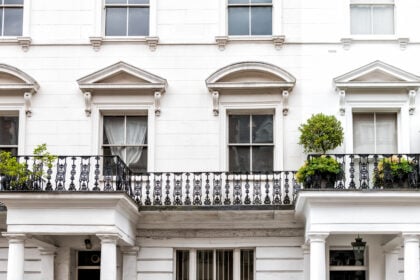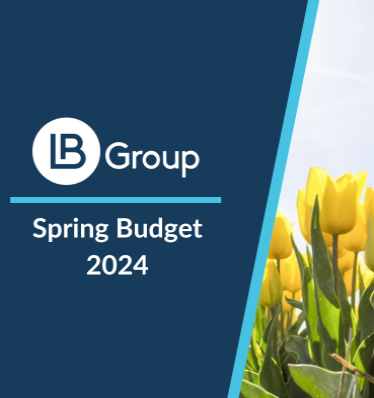If you have an enquiry or would like to learn more about our services, why not contact us?
Furnished Holiday lets – non-compliance of the rules – implications post covid.
Of the sectors of the UK economy affected by the pandemic, it has been the travel and tourism sector that has been hit most. One area particularly hard hit being the Furnished Holiday Let (FHL) businesses which were required to shut for a large part of the 2020 and 2021 holiday seasons.
The main conditions for FHL centre on the number of days being let and as a result of the closure many properties may not have been able to reach the ‘magic’ 105 qualifying days. If not, then the usual tax on rented properties rules apply such that they are not treated as a trade, the most important impact being that the residential finance cost and interest restrictions will apply meaning that full tax relief on mortgage interest cannot be claimed. Other restrictions include being unable to claim capital allowances on furniture, fixtures and white goods as well as possibly affecting Capital gains tax on any future sale or gift of property.
To qualify as an FHL, all of the following three occupancy conditions must be met. The tests are applied on a tax-year basis but they must be met for the first 12 months of letting for a new let.
The property must be:
- available for letting for at least 210 days (30 weeks); and
- is commercially let to members of the public for at least 105 days (15 weeks) (‘occupancy’ condition); and
- during the ‘relevant period’ (usually the tax year), there must not be more than 155 days falling in ‘periods of longer-term occupation’, in other lets of more than 31 days in duration (‘pattern of occupation’ condition).
It is the second ‘commercially let’ condition where property owners may have problems over the two covid years as the need for the accommodation to be let on a commercial basis is essential. HMRC does not consider the property to be ‘available’ for commercial letting whilst the taxpayer is in occupation and this might have been the situation at least for part of the covid time.
However, should the property fail the number of days test individually there are two other possible claims – the ‘Period of Grace’ and the ‘Averaging’ elections.
‘Period of grace’ election
This election should be considered first as this provision is intended to deal with situations such as the coronavirus. The claim permits the property to qualify as an FHL by deeming the let days condition to have been met, so long as all other conditions were satisfied.
The landlord must have intended to meet the letting condition but for whatever reason was unable to do so. The pattern of occupation and availability conditions must still be met. If the property qualifies for FHL in one accounting period or tax year out of every three tax years but does not qualify in the next or next two years then an election can be made to treat the year as qualifying. If the property does not qualify after two consecutive ‘grace elections’ then it will cease to qualify going forward.
Proof of actively seeking visitors is necessary, including advertising.
‘Averaging’ election
If a landlord has more than one FHL property it is not necessary for each property to satisfy the 105 days condition provided each property satisfies the 210 day rule for availability and the 155 day rule for long-term occupancy. The ‘averaging’ calculation can be used on any or all of the FHL where one or more of the properties does not meet the qualifying condition. The test is applied by reference to the average occupancy rate across all of the properties rather than applying the test on a property – by – property basis. Therefore the test is met if the average let is 105 or more days in the tax year. The election needs to be made separately for properties in the UK and EEA.


